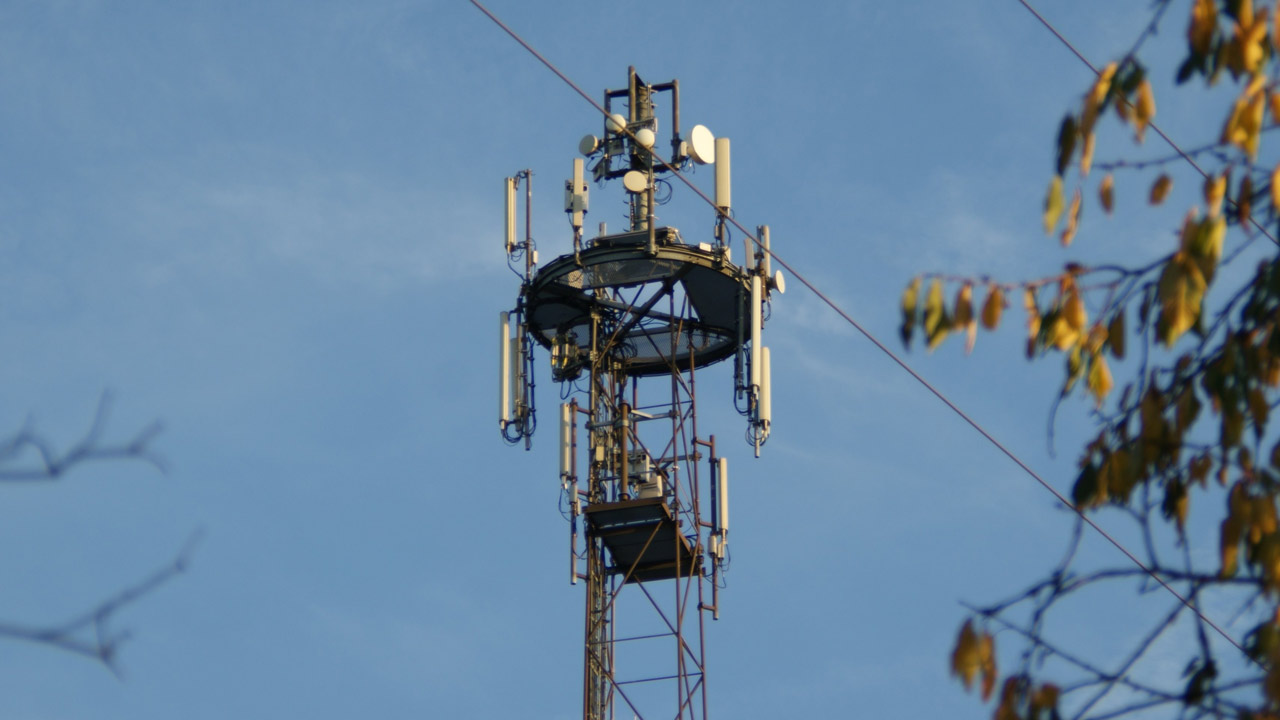12.01.2021
Fulfillment of federal network agency coverage requirement:Rapid catch-up by O2 on network expansion in 2020

Markus Haas
Telefónica Deutschland / O2 implemented the fastest and also most extensive network expansion in its corporate history last year. With more than 11,000 new 4G elements, O2 significantly expanded its 4G network and met the nationwide requirement of the Federal Network Agency to cover 98 percent of all households. Despite the restrictions imposed by the Corona pandemic, the coverage target of at least 97 percent of all households in each of the 16 German states was also met, as was the requirement for transport routes as far as actually and legally possible. In parallel, the company launched 5G and set the course for the digital future with innovations such as the first OpenRAN stations on the network.
"Our network initiative in 2020 was a comprehensive success. With our network quality, we are now on a par with the competition. This is also confirmed by independent tests. For the first time in our company's history, our O2 network was rated "very good" by 'connect'. This excellent rating forms the basis for our future success," says Markus Haas, CEO of Telefónica Deutschland / O2.
O2 meets nationwide requirement for household coverage
In total, Telefónica Deutschland / O2 has deployed over 11,000 4G elements in 2020.
In total, Telefónica Deutschland / O2 has deployed over 11,000 4G elements in 2020.
In total, Telefónica Deutschland / O2 has put more than 11,000 4G elements into operation in 2020. More than 7,200 transmit area-effectively at stations where there was previously no 4G. Furthermore, an additional 3,800 or so 4G transmitters have been installed nationwide for more capacity and higher surfing speeds. With this enormous expansion offensive, O2 has increasingly brought fast Internet to rural areas. O2 has succeeded in rapidly catching up in terms of network coverage, despite the fact that the Corona pandemic disrupted supply chains in some areas and caused service providers to be out of action due to quarantine regulations. In terms of household coverage, O2 managed a jump of 14 percentage points in 2020. This means that O2 meets the Federal Network Agency's nationwide requirement of 98 percent household coverage. Across Germany, the company is providing an additional seven million people with 4G than at the end of 2019.
O2 is also meeting the Federal Network Agency's requirement at the country level. The O2 network now reaches at least the 97 percent of households required by the BNetzA in all federal states. In the city states of Berlin, Hamburg and Bremen, the company has already been supplying all households with 4G since the beginning of 2020. Coverage is now also around 100 percent in the most populous state of North Rhine-Westphalia, and 99 percent in Lower Saxony and Schleswig-Holstein. In Hesse, the company increased its 4G coverage by 20 percentage points in 2020, and by as much as 30 percentage points in Rhineland-Palatinate. These coverage data are based on the particularly stringent quality parameters of the Federal Network Agency.
Strong improvement along transportation routes

A significant proportion of O2's new 4G stations were also installed along transport routes.
A significant proportion of O2's new 4G stations were also installed along transport routes. Despite corona-related restrictions, Telefónica / O2 thus massively expanded 4G coverage of ICE routes and freeways in 2020 and fulfilled the coverage requirement where this was actually and legally possible.
Where traffic routes could not be supplied with 4G in 2020 due to challenges beyond Telefónica / O2's responsibility, the company will continue to strive for constructive solutions in 2021 and continue the rollout as quickly as possible. These challenges relate, for example, to approval procedures for the development of potential sites, the consideration of nature conservation requirements, and coordination with other stakeholders. The cooperation of various players from administration, politics and industry will also be required here in 2021. Telefónica Deutschland / O2 is in intensive exchange with the parties involved, such as the railroad companies, and is making good progress.
O2 network is on a par with the competition
For the first time, O2 has received a "very good" rating in the network test conducted by the trade magazine connect.
How well O2's 4G network has improved overall in 2020 is demonstrated by the major independent network tests of recent weeks. For the first time, O2 received a "very good" in the network test of the trade magazine connect and missed this result by a hair's breadth in the CHIP test. COMPUTERBILD also gave O2 a "good" rating. This shows: The O2 network is now on par with that of the competition.
The company will build on these results in 2021 and continue to drive forward its massive network expansion. By 2022, O2 will invest a total of around four billion euros to further improve its 4G network and at the same time rapidly expand the 5G network. By the end of 2021, O2 aims to cover around 30 percent of the population with 5G and have a nationwide 5G network by 2025.
The company is the first German network operator to rely on Open RAN in the live operation of its mobile network.
O2 has also entered a new era for German mobile communications as 2020 draws to a close: The company is the first German network operator to rely on Open RAN in the live operation of its mobile network. In a pilot phase, O2 has converted three mobile sites in Landsberg am Lech, Bavaria, to the open and vendor-independent solution for the radio access network. Starting in fall 2021, O2 plans to roll out this new technology on a larger scale in the O2 network and thus further accelerate digitization in Germany.
